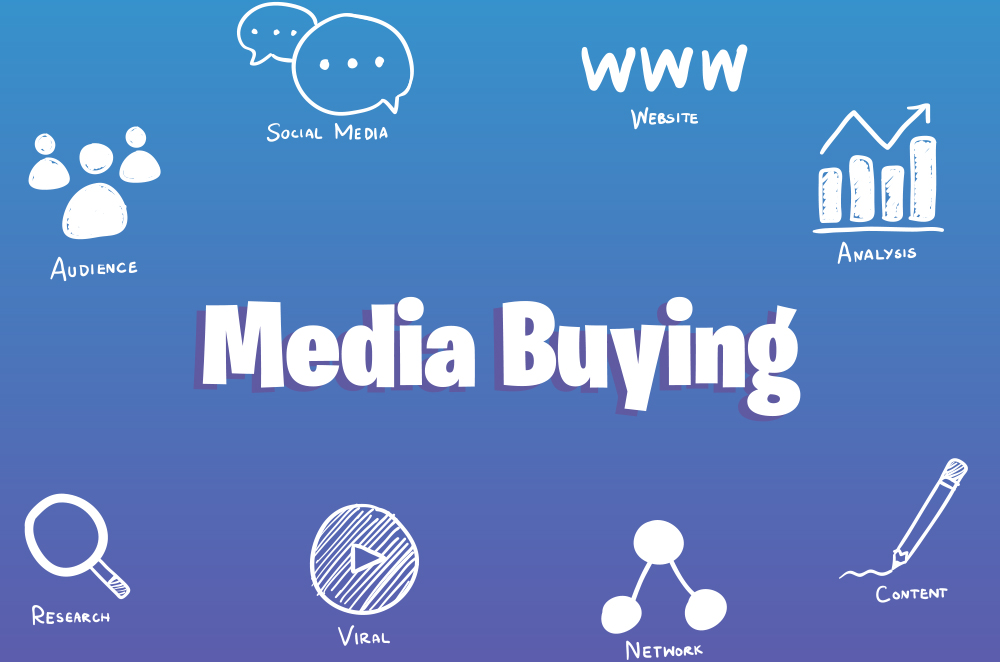With new social distancing restrictions, shifts in viewing habits have changed how media buyers allocate their budgets. The events that took place in 2020 had a drastic effect on both the economy and media buying. The hospitality industry (travel, hotels, restaurants, etc.) was shut down for most of last year, causing a major shift in ad dollars for other businesses that were still able to advertise. As a result, many advertisers achieved a great ROI since there were more available commercials, often bought at pennies on the dollar.
Things are looking more positive for the hospitality industry this year, as money is being reallocated toward advertising due to fewer restrictions. However, last year set a precedent on how an audience consumes media. With so many people retreating indoors, working from home, and socially distancing, their video viewing habits have changed dramatically.
While TV has been in a constant state of flux and evolution, the pandemic accelerated that change. Streaming services such as Netflix, Disney Plus, and Hulu have been in high demand as more people are home watching TV. This change from traditional media to digital, streaming, connective, OTT, and on-demand video services makes media buyers’ jobs more difficult.
Now that we are slowly moving out of the Covid cocoon to what feels like a more normal life, media buyers must continue to stay ahead of the curve when it comes to an effective media mix. What worked in the past won’t work now, and historic data and metrics gathered from 2019/2020 are already obsolete. We’re not going back to where we were, so media buyers must adapt.
All of that said, where should you spend your dollars? That’s an impossible question to answer in one sentence. An effective media mix isn’t a one-size-fits-all for your budget. While the media industry is changing, linear tv isn’t dying yet, and it is still an important part of the big picture. Both cable and broadcast allow advertisers to target audiences geographically and psychographically while still offering a wide reach. OTT lets you narrow your target audience to cut down on “wasted audience” but reach suffers as a result.
As trends continue to change, media plans need to be flexible to allow moving dollars from traditional television to connected and streaming channels as needed. The measurements for success are still unproven so media buyers must strive for intense measurable value, not just reach and frequency. Now more than ever, performance is key.

